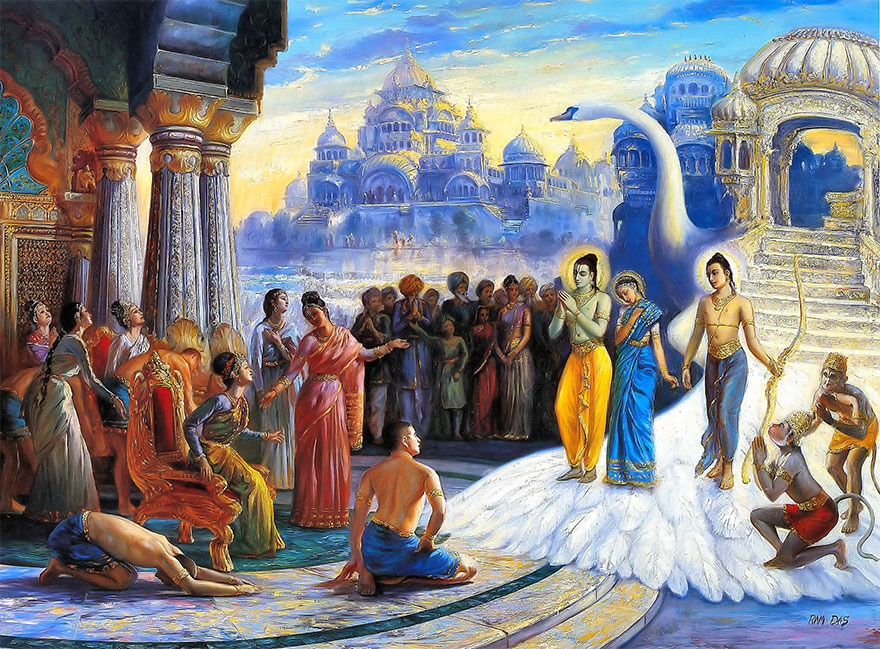It’s one of those rare discoveries that send ripples across time and space zones. A sixth century manuscript of Ramayana – that focuses on the separation of Rama and Sita and portrays them more as humans – has been found tucked inside a Purana at a little known Sanskrit library in Kolkata.
The eureka moment came purely by chance. Scholars working on the Sixth Century Vanhi Purana at the Asiatic Society library were puzzled to find that the manuscript seemed incomplete.They started looking through the Catalogus Catalogorum -a global repository of Sanskrit manuscripts compiled by German scholar Aufrecht -and realized two more identical manuscripts existed. One was preserved at the India Office Library at London and the second at the Kolkata-based Samskrita Sahitya Parishad, a 100-year-old research institution partly funded by the HRD ministry.
[wp_ad_camp_1]
Their curiosity whetted, the scholars scoured the archives and found the complete version of the Vanhi Purana manuscript. When they were analyzing it, they stumbled upon the Dasa Griba Rakshash Charitram Vadha, which did not have any bearing with the Vanhi (fire) Purana.
For some time they could not understand why the slokas of the purana suddenly started telling another story. But they did feel that the story was extremely familiar because the predominant characters were Rama, Sita and Ravana. Before long, the scholars realized that they were reading a Sixth Century version of the Ramayana with many interpolations. It is markedly different from the more accepted 4 BC Valmiki Ramayana.
“Interestingly in this version, there are just five kandas (sections) instead of the accepted seven. There is no Balkanda – the part that deals with Rama’s childhood – or Uttarkanda. This Ramayana ends with the return of Rama and Sita from exile and his ascension to the Ayodhya throne,” said Anasuya Bhowmick, lead scholar of the Asiatic Society for the project, who is working with the manuscript.
This Ramayana does not begin with the curse that drove Dasarath to send his son to exile. Instead, it begins with a curse that befell goddess Lakshmi when rakshash guru Shukracharya got angry with Lord Narayan for killing Shukracharya’s wife, who would bring dead rakshashas to life in a war between Gods and demons.
The other curse falls on both Lakshmi and Narayan when Dharitri cannot bear the pain of the constant battle between Gods and demons. In both cases, Laxmi and Narayan are told that they will have to bear the pain of separation.
“This version of the Ramayana focuses more on the separation of the husband and wife rather than that of father and son. Again, Ram here is more human than God, with follies like anger and failure. Some interesting details -like the ages of Sita and Rama at the time of marriage and the date when Sita was abducted by Ravana are in this version,” said Sanskrit scholar Manabendu Bandyopadhyay, president of the parishad and general secretary of Asiatic Society. “We will take about a year to complete the reading and interpretation of this version of the Ramayana and it will be published as a book by Asiatic Society,” Bhowmick said.












